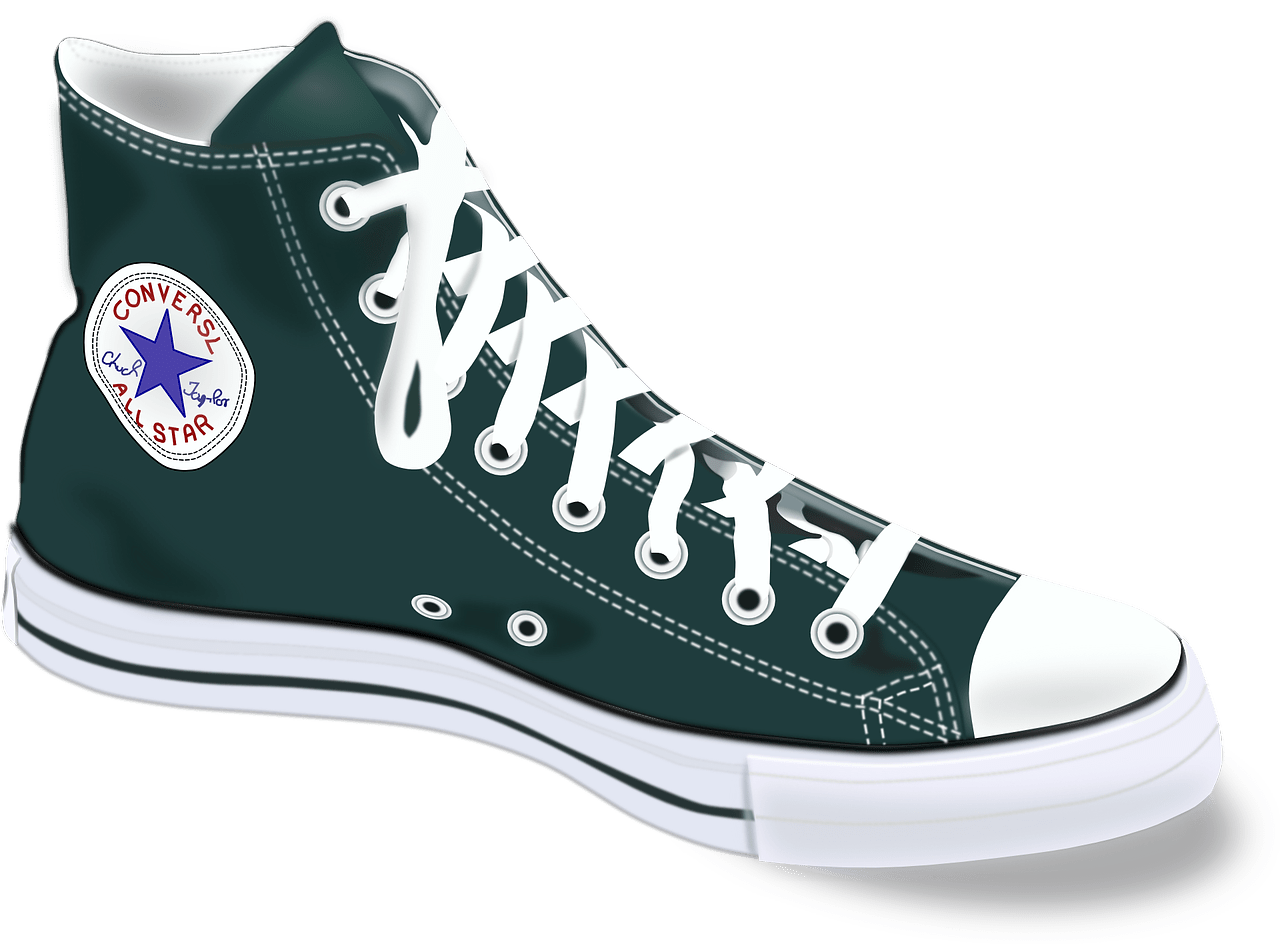In the world of footwear, few names carry the weight of tradition, comfort, and style quite like Birkenstock. From its modest beginnings in a German village to gracing the feet of fashion enthusiasts and comfort seekers around the globe, Birkenstock has etched a remarkable legacy. Steeped in history, innovation, and a commitment to foot health, the Birkenstock brand has evolved from its origins into a cultural phenomenon that transcends generations.
Founding and Early Innovations
The roots of Birkenstock trace back to the picturesque village of Langenberg, Germany, where Johann Adam Birkenstock was registered as a “subject and cobbler” in the church archives dating back to 1774. The family’s legacy of shoemaking was passed down through generations, laying the foundation for what would eventually become a global footwear phenomenon.
It was Konrad Birkenstock, the grandson of Johann Adam Birkenstock, who brought a new dimension to the family trade. In 1896, Konrad developed the first contoured insole by creating a flexible footbed with arch support. This innovation marked a significant departure from the flat-soled footwear of the time and set the stage for Birkenstock’s future success.
The contoured insole wasn’t just a novel concept; it was a solution to the discomfort and foot-related issues that plagued many. The design offered unparalleled comfort and support, effectively revolutionizing the way people thought about footwear. Konrad’s creation laid the groundwork for Birkenstock’s enduring commitment to combining style and wellness.
The Rise of Comfort
In the early 20th century, Birkenstock’s orthopedic footwear gained recognition for its unparalleled comfort. In 1964, Karl Birkenstock, a sixth-generation family member, introduced the Madrid sandal – a minimalist yet stylish design featuring the signature footbed. This marked Birkenstock’s foray into the fashion world while staying true to its comfort-focused roots.
Cultural Icon and Counterculture Movement
By the 1970s, Birkenstock sandals became a symbol of the counterculture movement. Embraced by hippies and bohemians, the brand gained popularity for its anti-establishment ethos and distinctive appearance. The Arizona model, with its two-strap design, became an emblem of this cultural shift.
Revival and Contemporary Success
While the 1980s saw a decline in the brand’s popularity, Birkenstock made a remarkable comeback in the 1990s. A new generation recognized the brand’s unique blend of comfort and style, propelling Birkenstock into the mainstream once again. Collaborations with fashion designers and tastemakers further solidified its status as a must-have accessory.
Sustainability and Global Reach
In recent years, Birkenstock has taken significant strides in sustainability. Embracing eco-friendly practices and materials, the brand continues to evolve while staying true to its heritage. Birkenstock’s popularity has transcended borders, becoming a global phenomenon embraced by individuals seeking both comfort and conscientious consumption.
The Birkenstock Experience
Birkenstock’s enduring appeal lies in its commitment to craftsmanship, comfort, and individual well-being. Each pair is meticulously crafted to provide exceptional arch support and a customized fit. The brand’s cork-latex footbed, which molds to the wearer’s foot over time, epitomizes the personalized experience Birkenstock offers.
Modern Innovations and Future Outlook
As Birkenstock continues to innovate and adapt to changing trends, it remains firmly rooted in its core values. Modern iterations of classic designs, sustainable practices, and collaborations with fashion icons keep the brand relevant in today’s dynamic market. Birkenstock’s future shines brightly as it maintains its status as a beacon of comfort and style.
In conclusion, the Birkenstock footwear brand’s journey from its inception in 1774 to its current global prominence is a testament to its unwavering dedication to comfort, innovation, and timeless design. With a rich history shaped by tradition and an eye towards the future, Birkenstock is not just a footwear brand; it’s a cultural icon that continues to stride ahead.





